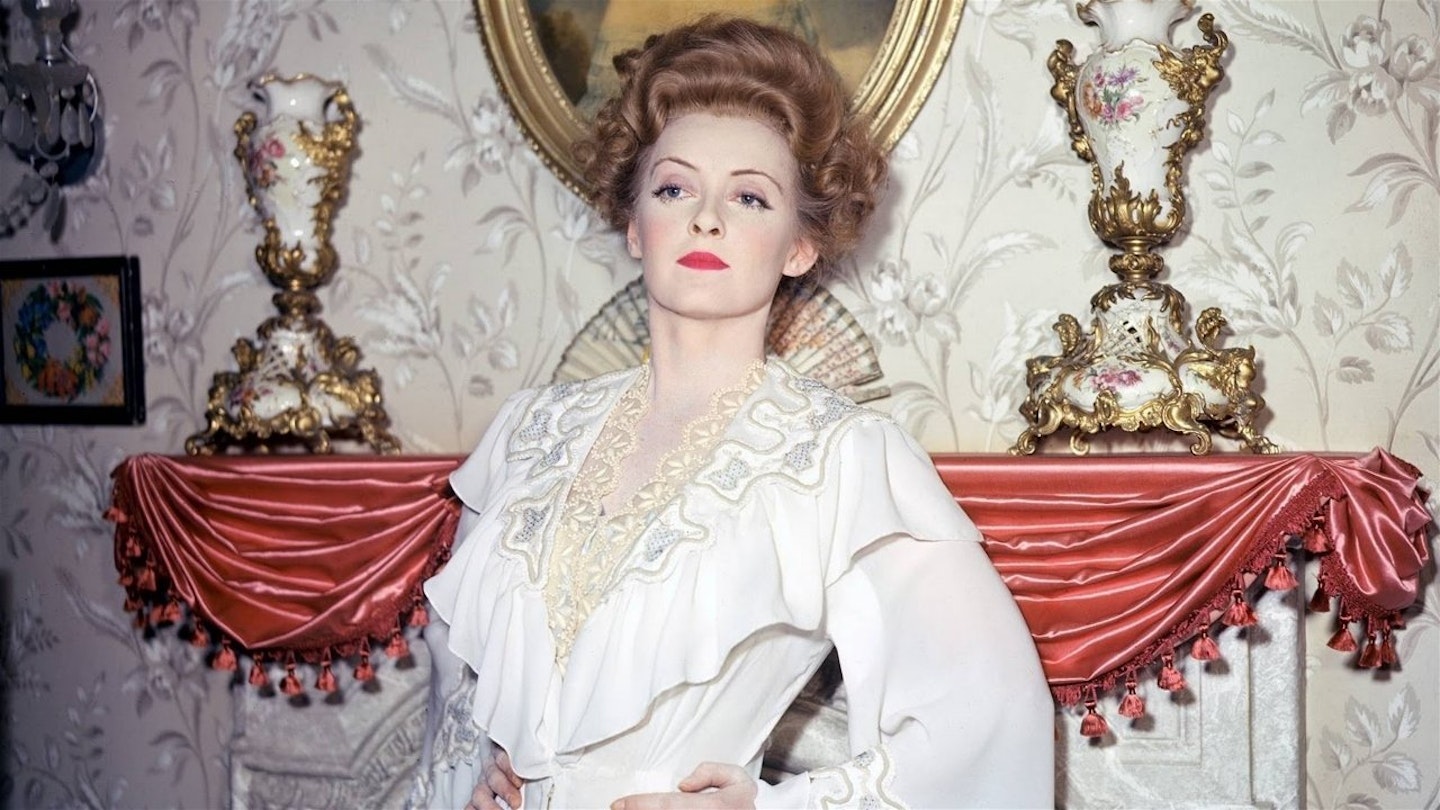Having already reworked Lillian Hellman's lesbian drama The Children's Hour into These Three, producer Samuel Goldwyn, director William Wyler and cinematographer Gregg Toland reunited on this seething domestic melodrama that was nominated for nine Academy Awards and won none.
Several of the cast reprised their roles from the Broadway production, but Bette Davis was hired to replace Tallulah Bankhead and she promptly fell out with Wyler over his suggestion that she injected some wit and charm into the malevolence that she wanted to play to the hilt. Indeed, such was the ferocity of their disagreement that Davis absented herself for 16 days and only returned amidst rumours of her imminent replacement by Miriam Hopkins or Katharine Hepburn.
Ultimately, Davis won the day as, despite Hellman's pleading, she proceeded (some would say ruinously) to duplicate Bankhead's performance. However, the strength of the ensemble prevented her from overbalancing the picture, which Wyler managed to steal in his own subtle way.
Although Dorothy Parker and her co-writers set some of the scenes outside the stultifying Southern residences, Wyler refused to open out the action too far. This was partly because he recognised that Regina was akin to a director herself and he wanted to retain a theatrical setting to emphasise her controlling nature. But, he was also aware of how the confined spaces heightened the tensions between the characters and he used the sombre décor within Stephen Goosson and Howard Bristol's ceilinged sets to increase the pressure-cooker sense of claustrophobia.
However, there was nothing stagy about the camerawork, which rivalled the deep-focus compositions that Toland achieved in his other 1941 masterclass, Citizen Kane. Indeed, there was a greater flexibility about Wyler's exploitation of field depth, most notably during the famous staircase sequence, in which he leaves the ailing Herbert Marshall in the indistinct background as he hones in on Davis's face as she listens mercilessly to her husband's distress. But the shot that earned the admiration of Sergei Eisenstein (who counted this among his favourite films) was the ingenious mirror image capturing the duplicity of the shaving Carl Benton and Dan Duryea.
